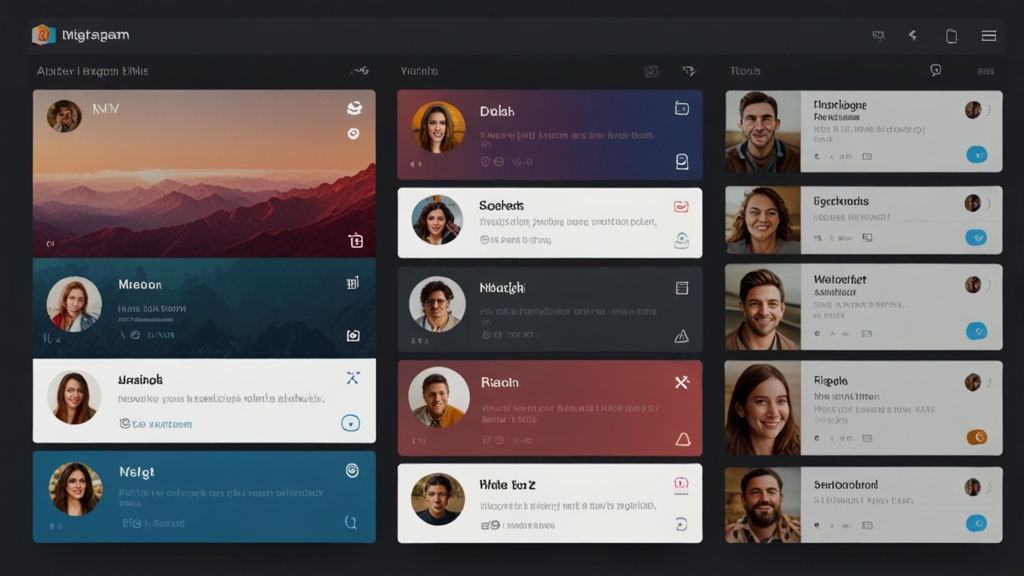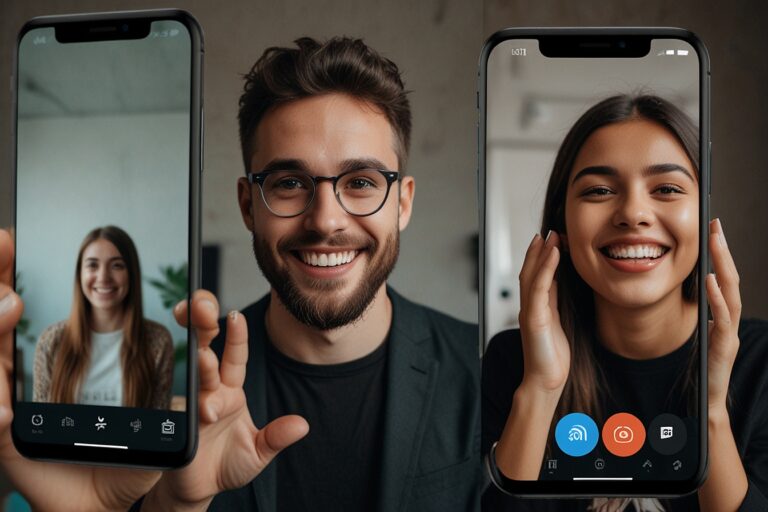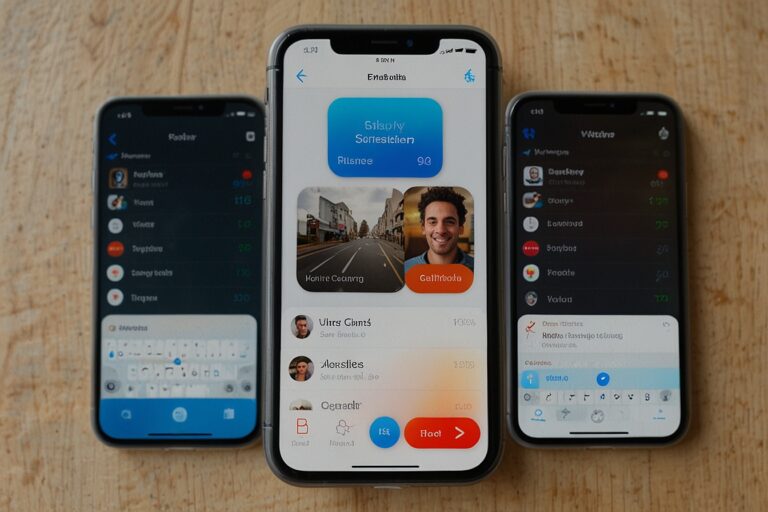
TL;DR
- Developer Maurice Kleine has released Mockly, a web-based fake DM conversation generator that supports 13 social platforms including iMessage, Discord, Instagram, X (formerly Twitter), Tinder, and WhatsApp.
- Unlike older tools, Mockly offers a clean, user-friendly interface avoiding confusing download buttons and malware risks common in similar apps.
- While some templates vary in realism, Mockly’s Instagram and iMessage templates stand out for believability.
- The app simulates desktop/web views of conversations, which can differ visually from mobile layouts.
- The rise of such tools underscores ongoing challenges in discerning authentic digital communication in an era of synthetic media and misinformation.
User-Friendly Fake DM Generators: Filling a Niche
Fake conversation generators have been around since the early days of instant messaging, primarily as novelty or meme-making tools. However, many older platforms suffered from clunky interfaces, confusing download links, and risks of malware, making them inaccessible for casual users or risky to try.
Mockly, launched recently by developer Maurice Kleine, differentiates itself by focusing on usability and accessibility. It is a fully web-based app with no downloads required, offering users a simple step-by-step interface to generate believable fake direct messages on multiple platforms.
Supported Platforms at Launch
Mockly supports an impressive range of 13 social platforms, making it one of the most versatile fake DM generators available today. These include:
This wide support contrasts with competitors like Postfully, which currently supports only iMessage, limiting user choice.
Realism and Limitations
While Mockly impresses with its platform diversity and ease of use, some templates vary in visual fidelity. For example, the Slack template feels sparse and less convincing, likely because Slack’s desktop and mobile UI have different characteristics that are tough to capture.
Conversely, the Instagram template delivers a highly believable experience, capturing the layout and style familiar to users. One important caveat is that Mockly primarily replicates web or desktop versions of chat apps, which can look different from their mobile counterparts, where most social interactions happen.
Risks and the Broader Context of Synthetic Media
The launch of tools like Mockly raises questions about digital trust and misinformation. Though generating fake DM images has been possible for years, the increasing sophistication of such tools coincides with the rise of deepfakes and synthetic video content that can distort real-world events.
Thankfully, the prevalence of such generators has also led to growing public skepticism around screenshot authenticity, especially on social media platforms. Users are more vigilant in questioning the legitimacy of DM screenshots than ever before.
The Data
| Feature | Details |
| Product Name | Mockly |
| Developer | Maurice Kleine |
| Supported Platforms | 13 (including iMessage, Instagram, Discord, X, Tinder) |
| User Interface | Web-based, no downloads, clean UI |
| Competing Tools | Postfully, generic fake DM generators |
| Visual Fidelity | Varies by platform; best for Instagram and iMessage |
| Risk Factors | Synthetic media misuse, misinformation potential |
| Public Awareness | Growing skepticism towards screenshot authenticity |
The Meme-Making or Misinformation Tool?
Mockly’s creator positions the app primarily as a fun, meme-making utility that allows users to craft humorous or creative fake conversations. Yet, given the growing concern about digital misinformation, tools like these also spotlight how easily realistic fake content can be created and shared.
As AI-generated media continues to evolve rapidly, public awareness and media literacy will be critical in distinguishing fact from fabricated digital content.
Final Thoughts
Mockly revitalizes an old concept with a modern, user-first approach that makes generating fake DMs easy and accessible across multiple platforms. While it’s unlikely to deceive savvy social media users consistently, its launch reminds us how technology can blur lines between reality and fabrication in digital communications.
As synthetic media advances, the importance of critical thinking, platform verification tools, and digital literacy education becomes even more vital.





